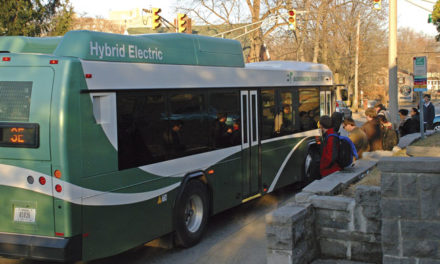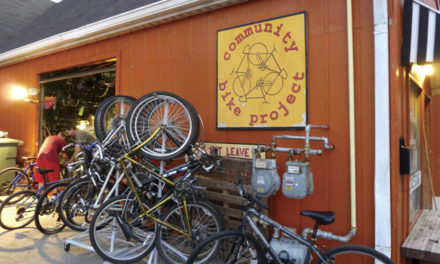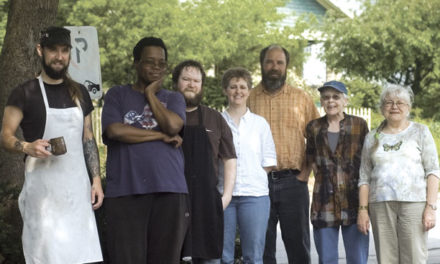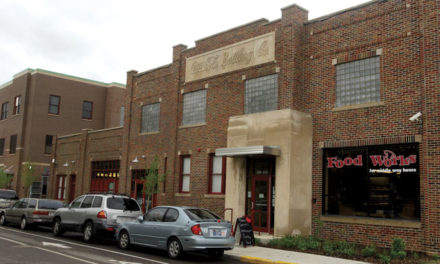
BY TRACY ZOLLINGER TURNER
Fourteen years ago, Katie Herron took a walk through her east-side neighborhood with her then 4-year-old son, Ben, who has a physical disability and uses a wheelchair. Along the route, they found intersections with missing curb cuts—the sloped areas that enable wheelchairs to roll from the street to the sidewalk.
Herron wrote to the mayor’s office with her concerns. “They came out and fixed it in literally two weeks,” she says. “I was blown away by the responsiveness of the City.”
Herron was subsequently invited to attend a meeting of the Council for Community Accessibility (CCA), a volunteer group founded with the dawning of the federal Americans with Disabilities Act in 1990. The group works to promote awareness and to “develop solutions to problems of accessibility in the community.” Herron has been involved ever since, serving as the CCA chair for the past eight years.
“It’s a very diverse group of people,” she says, one that includes individuals with hidden and visible disabilities as well as family members.
A timeline on the CCA website tells the story of its accomplishments in the nearly 30 years since its founding—things like sponsoring events and educational outreach, presenting awards to local disability advocates, and offering sensitivity training to medical professionals and city employees.
CCA monthly meetings often field issues that are readily addressed, says Herron, such as deteriorating sidewalks or physical barriers created by snowplows. Herron says there are also more pervasive, ongoing issues, too, such as employment, housing, and challenging encounters with medical professionals or other community members.
“So many of these things have been easily fixed because we live in a great place that’s very responsive,” she says.
In Bloomington, March is recognized as Disabilities Awareness Month and April is Accessibility Awareness Month. According to Michael Shermis, staff liaison between the City of Bloomington Community and Family Resources Department and the CCA, April is also when the CCA holds its annual Breaking Down the Barriers event and hands out AccessAbility decals to area businesses that meet the criteria for being accessible and welcoming to people with disabilities.







